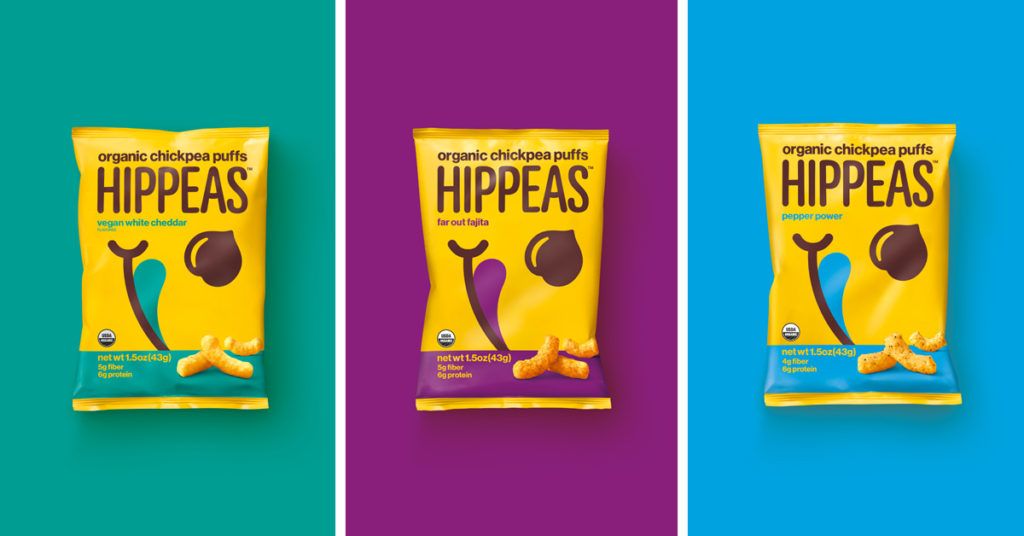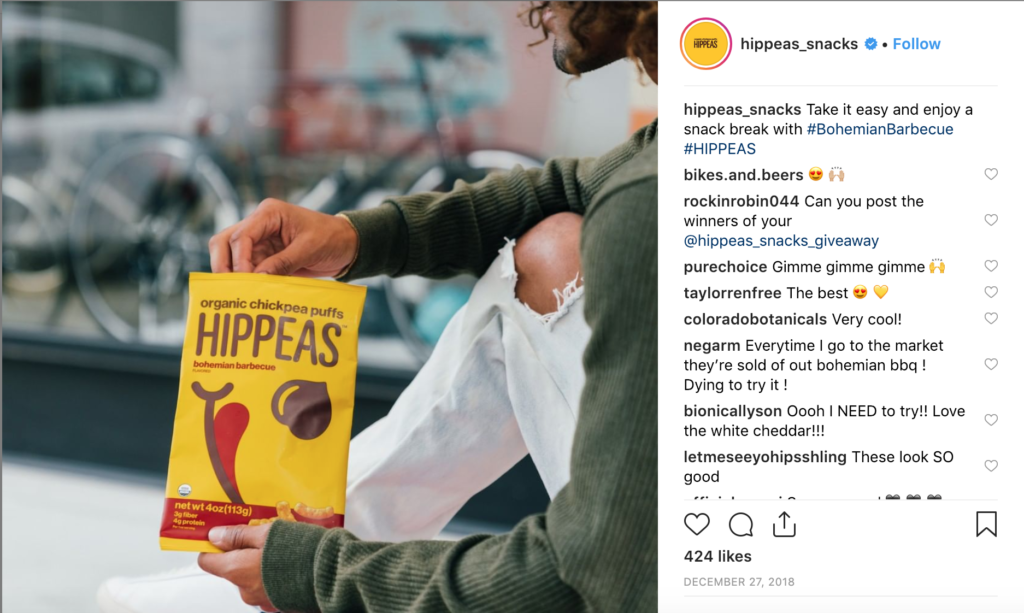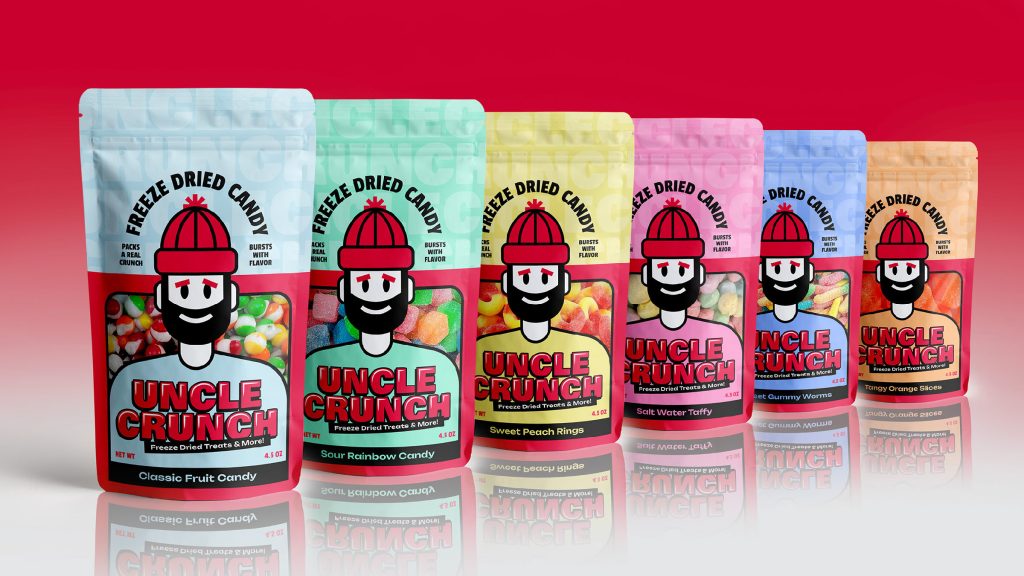No one likes salespeople. Consumers don’t want a product pushed on them. And gone are the days where people would be loyal to a brand just because they’ve always bought it. Only certain companies can really base their strategy on longevity and pure loyalty. In the age of social media influencers and celebrity endorsements, people are connecting to brands in a different way than the past. The new wave of branding is a trickier one, but may be more sustainable than tactics of the past. Say hello to “emotional branding.”
What is emotional branding?
Emotions need to be considered in any brand strategy. It’s ingrained in branding itself.
A brand is the feeling or promise people associate with a company. Marketing is the effort of controlling that feeling or promise. But marketing has drastically evolved in the last two decades, and so has branding.
Emotion branding has emerged because companies have realized that people are tired of being sold to. It’s saying “I want you to feel ______” instead of “I want you to buy _______.” It’s more effective to connect to an audience than to give them a cold pitch.
But let’s thoroughly define emotional branding. Emotional branding is building a brand’s voice to appeal directly to a consumer’s emotional state, needs and aspirations. So instead of telling consumers that a car is the best features for the lowest price, you would call out how economic a car is and how by driving it, the consumer is part of a bigger movement to preserve the planet. The first approach only appeals to the logical mind of the consumer. The second appeals to their heart.
Why does emotional branding work?
Now, you might think most consumers are driven by logical reasoning.
If you’re the kind of consumer that compares prices for six different brands before making a purchase, you’d scoff at selecting a product simply by how it makes you feel. But whether you realize it or not, you are often heavily influenced by emotional branding. Think about buying coffee. Most people have the tools necessary to brew coffee at home. But they’ll still drive five minutes out of their way to pay six dollars for a Starbucks latte. And on the way, they’ll pass three McDonald’s where they could get coffee for a fraction of the price. But Starbucks has turned coffee into a luxury, a self-pampering product. It’s more than a jolt of caffeine, it’s a lifestyle.
All companies need to sell to consumers. That part of marketing never leaves. But emotional branding changes the approach. It effectively warms the consumer before making the sell. Today’s consumers want to be a part of a bigger movement, an important part of a large machine. Emotional branding taps into that desire. And the way to satisfy that desire is by purchasing a certain brand.
An example of successful emotional branding.
Nike is a popular example for excellent branding, because in almost all areas they do it right. And they have certainly engaged in emotional branding successfully. But for this example, we’re going to refer to another company that perhaps has done it better. If you’ve ever shopped in Whole Foods, or purchased snacks from Starbucks, you’ve probably seen a bright yellow bag sitting on the shelves. A newer player in the snack world, Hippeas has taken emotional branding to a higher level.

Hippeas are organic chickpea puffs. Think of them as a healthy alternative to Cheetos. So they clearly appeal to the organic, healthy crowd. But they target a wider appeal than just the health conscious. A large part of their branding revolves around “giving back.” A lot of companies have charitable campaigns, but Hippeas has integrated it into their brand story. They take their consumers back to the good ol’ days of the sixties, where everything was “peas, love, and giving back.” The hippy movement is a cornerstone of their philosophy, and not just because of the puns. They want to connect to the heart of their consumers. They want your snacking experience to spur your sense of adventure, good vibes, and love for everyone. Does it seem like a lofty ambition for a line of snack products? Sure. Is it effective? Absolutely.
The reason this emotional branding works for Hippeas is that it’s not just one part of their branding, it’s all encompassing.
Having a charitable campaign once a year is great, but it won’t define your brand. Everything Hippeas does reflects their brand position. Their flavor names harken back to the hippy lifestyle, (Sriracha Sunshine, Bohemian Barbeque, Far-Out Fajita.) Their Instagram page is an excellent example of good social media marketing. All their posts tap into the vagabond spirit, having good friends and good vibes, or “changing things for the better, one chickpea at a time.”

Any branding strategy has to hit all aspects of a company, but even more so for emotional branding. Otherwise, it feels inauthentic. If Hippeas preached “peas, love, and giving back,” but all they posted about was why their product tastes better than their competitors, you might think they’re a little self-centered. To truly be an emotional brand, the emotion needs to be consistent and authentic.
Emotional branding for the small business.
Let’s turn this from a large company to a small business. Can small businesses find success in emotional branding? Absolutely! The same aspects apply to whatever sized company you run. There are three key steps to effective emotional branding.
1. Determining an emotional state that your product/company can appeal to.
Before any branding can be established, you need to determine what emotion you want to connect with. It doesn’t have to be the charitable route of Hippeas. Coca-Cola isn’t a stranger to charity campaigns, but their bigger emotional branding revolves around sharing good times with your community. Think of their summer campaigns with names on their bottles and cans. That whole marketing effort revolves around bringing people together with their product. And that emotional branding raises them above their competitors. There’s not a formula for determining your emotional branding position. It’s for you to decide, but it’s necessary to establish before moving on the next step.
LET’S TALK ABOUT YOUR BRAND STRATEGY: Book A Consultation
2. Implementing the emotional positioning into your brand strategy.
If you’re the only one that knows your emotional branding position, it will do no good. It needs to be apparent in your branding strategy. From the words on your website to your graphics to your customer service, it needs to be consistent. Planning how to incorporate emotion into your brand strategy is vital to it helping your company.
3. Converting your audience from emotional sympathizers to loyal consumers.
All companies still need to sell. If you look through Hippeas Instagram, you’ll still see some selling sprinkled throughout. But the reason it doesn’t feel fake or forced is that they balance the selling with the emotional positioning. Look at this caption.

In addition to clearly showcasing their product, they’re making a pitch with this post. But instead of saying “buy a bag of Hippeas right now,” they say “take it easy and enjoy a break with Bohemian Barbeque.” The first approach would be a direct pitch, and is forceful. The caption they went with touches on their position of peace, love, and good vibes while still selling their product. Because of all the groundwork they’ve laid with their emotional branding, they’ll get a much better response with the second caption. And you can see countless examples of this throughout their marketing. In fact, you’ll rarely see a direct pitch.
They’ve successfully turned their audience from emotional sympathizers to loyal consumers, as is evident with their #ImAHippea campaign. How they went about that is a whole different article in of itself, but it begins with allowing your emotional brand position to be evident in all aspects of your company.
So what’s it all about?
Emotional branding is the new approach, but as social media becomes more prevalent and consumers increase in their desire to connect to companies, it has become the more successful approach. Understanding how it works can help your business better reach your consumers and establish a stronger relationship with them. For more about branding and how to use it for your small business, read this article.
To get in touch to discuss aligning your company’s look with your desired brand, click here!



